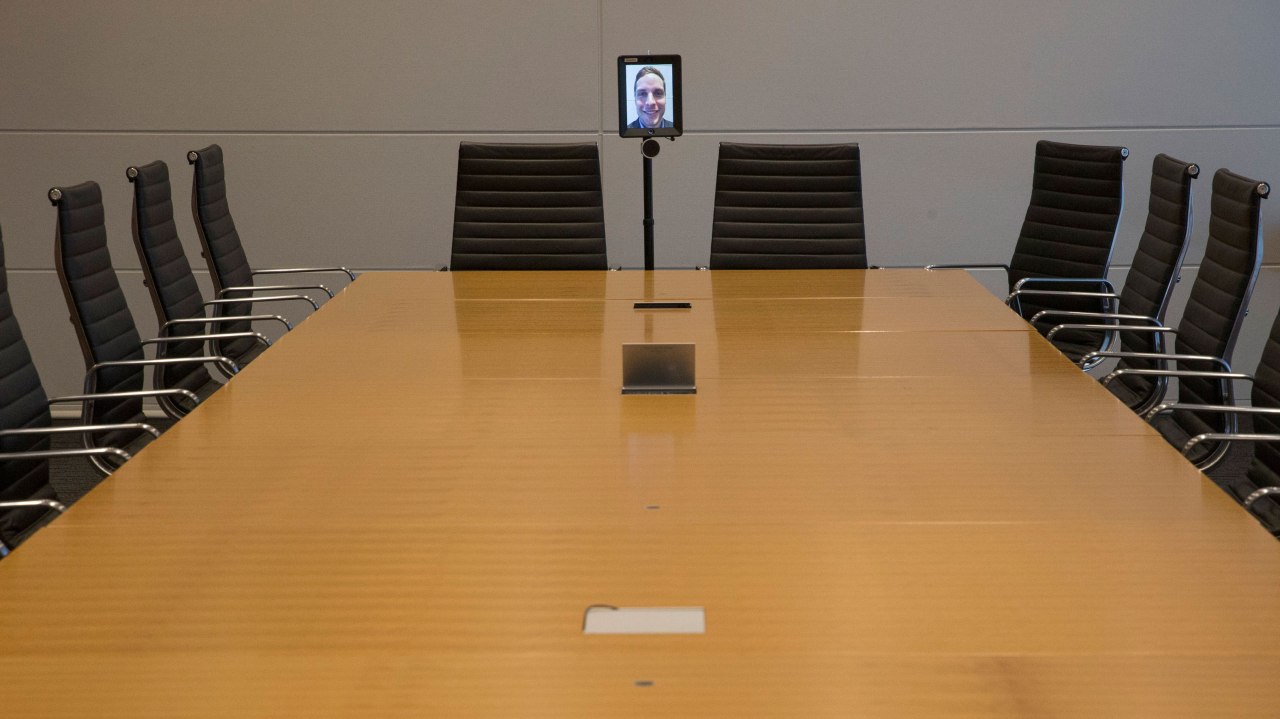The digital age is redefining the workplace, transforming traditional paradigms of work and collaboration. One of the notable innovations at the forefront of this evolution is telepresence robotics. Originally conceptualized by the visionary Dr. Marvin Minsky, the idea of engaging with remote environments through “telepresence” reflects a crucial shift in how we can foster workforce inclusivity, particularly for individuals with disabilities. As we explore the potentials of telepresence technologies, it becomes evident that these robots not only offer a solution to geographical limitations but also pave the way for meaningful career opportunities for historically marginalized populations.
A New Age of Remote Work
The last few years have accelerated the adoption of remote and distributed teams, showcasing the effectiveness of flexible work arrangements. Telepresence robots are an extension of this trend, enabling individuals who may otherwise face challenges in physical mobility to participate fully in organizational dialogues and decision-making processes. For example, the MIT Sloan School of Management has utilized these robots within their flex-work policy, allowing diverse participants to engage in educational programs remotely.
Breaking Barriers with Technology
Telepresence robots function as more than just video conferencing tools; they create an interactive and immersive experience where remote users can feel present in the room. By allowing a person to “walk” down hallways or sit at conference tables, these robots empower individuals with disabilities to contribute actively without the physical barriers of distance or mobility challenges.
- Case Study: Thomas Hershey, an executive who uses an electric wheelchair, successfully participated in an executive education program using a telepresence robot. His experience was not only positive, but it also brought forward suggestions for enhancing the technology and its implementation.
- Broader Implications: Schools and organizations are realizing that inclusive technologies like telepresence robotics can bridge gaps and expand the talent pool remarkably.
The Need for Systemic Change
Despite advancements in technology, hiring practices often leave out talented individuals with disabilities. An alarming statistic reveals that only 19.9% of individuals with disabilities participate in the labor force, compared to 68.6% of those without. As we reconsider workplace dynamics, eliminating physical presence as a requirement can open doors to a broader spectrum of applicants.
Universal Design in Practice
At the heart of using telepresence robots lies the concept of Universal Design (UD). This approach is rooted in making environments accessible to everyone, fostering inclusion at every level. The implementation of telepresence robotics aligns seamlessly with UD principles, assisting in creating spaces where people of all abilities can thrive. Few industries have begun following this course, and examples are emerging:
- Museums: Leveraging telepresence robots to widen accessibility across various exhibits.
- Healthcare: Using telepresence technology for remote consultations between doctors and patients.
- Education: Enabling students to participate actively in class discussions, discussions, and even field trips despite illness.
Shifting Perceptions for Lasting Impact
Changing societal mindsets is imperative for achieving true inclusion. While laws like the Americans with Disabilities Act (ADA) have laid the groundwork for equitable treatment, the journey toward inclusivity requires more than regulations; it demands a shift in how society views individuals with disabilities.
As noted by Professor Steven Eppinger, participants engaged in a telepresence environment often overlook the physical differences that may exist, recognizing individuals by their contributions and ideas instead. This model promotes meaningful interactions devoid of preconceived notions about disability.
Looking Ahead
At **[fxis.ai](https://fxis.ai)**, we believe that such advancements are crucial for the future of AI, as they enable more comprehensive and effective solutions. Our team is continually exploring new methodologies to push the envelope in artificial intelligence, ensuring that our clients benefit from the latest technological innovations. With partnerships alongside diversity consultants and continued commitment to societal betterment, the MIT Sloan team aims to expand the reach of its telepresence initiatives.
Conclusion
In an increasingly digital world, telepresence robotics stand as a powerful ally for fostering workforce inclusion. It is not merely about bridging physical distances; it is about redefining access in professional environments. As organizations embrace these technologies and rethink their approaches to inclusivity, the hope is for a workforce where talent is harnessed regardless of physical ability or geographical boundaries. Change is not solely about technology but also an evolution in mindset. For more insights, updates, or to collaborate on AI development projects, stay connected with **[fxis.ai](https://fxis.ai)**.

